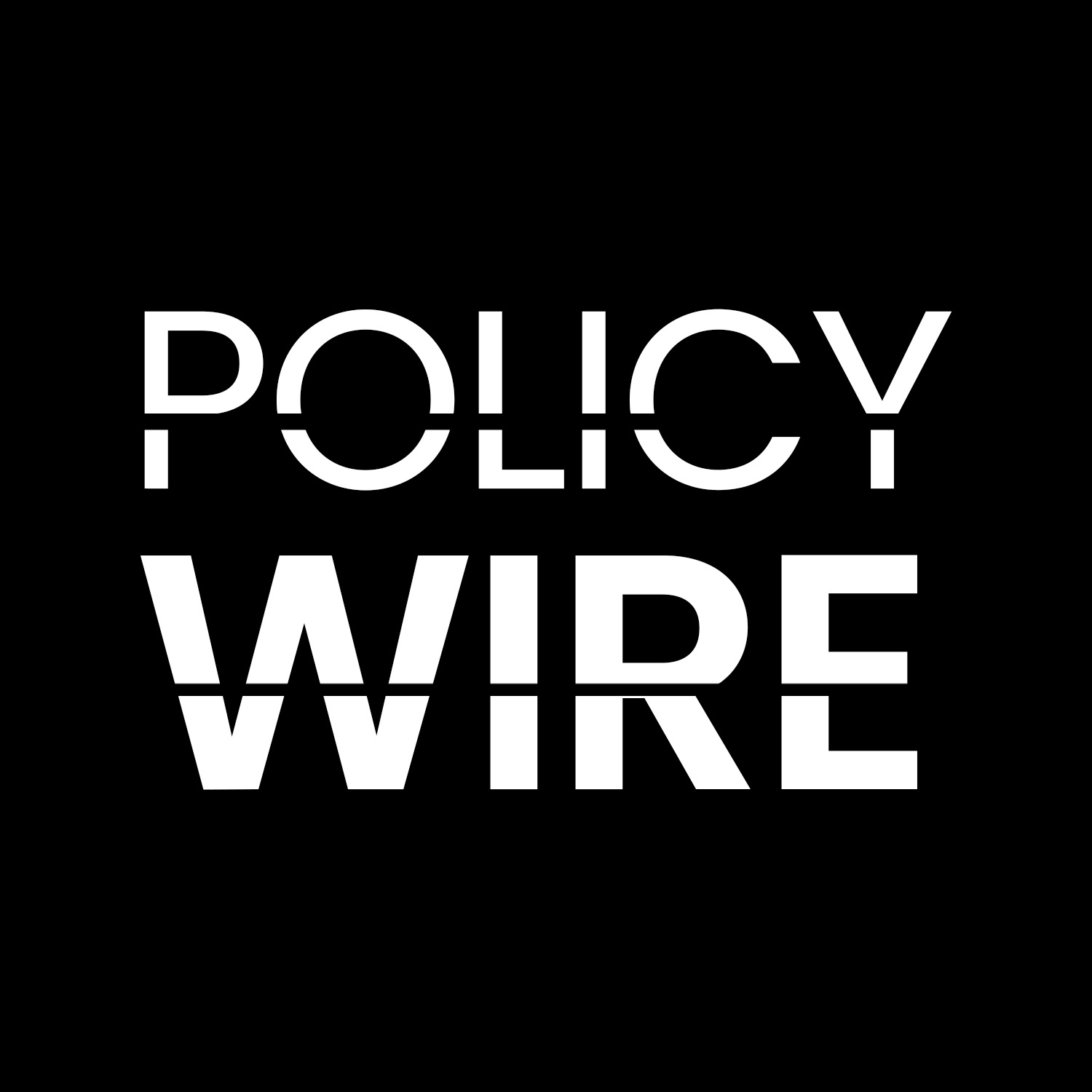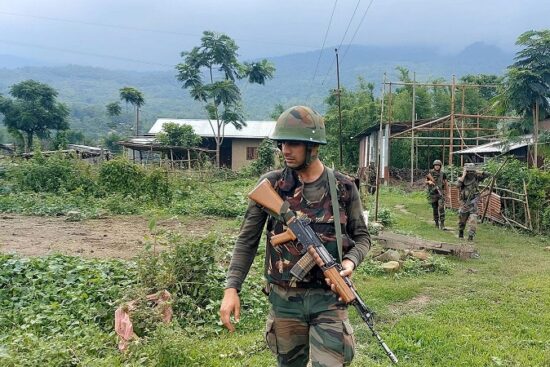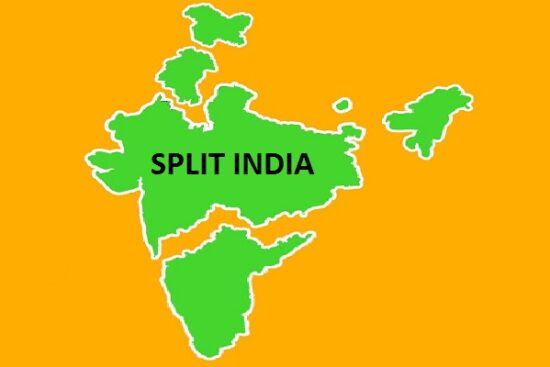
IEA is divided between the pragmatic North and the more puritanical South over TTP handling.
The Islamic Emirate of Afghanistan (IEA) finds itself in deep quandary when its sole benefactor, Pakistan, seems to have turned away from overwriting its many shortcomings. The shift in Pakistan’s policy was discernable, gradual and forced by recalcitrance of ‘some’ elements within the IEA. Pakistan’s policy shift contains many firsts. For the first time, the government of Pakistan (GoP) is serious in repatriation of illegal Afghan refugees, a staggering 0.7 million. For the first time, realizing the IEA’s inability and unwillingness to ‘restrain’ TTP (as eviction is impossible), PAF struck at TTP hideouts at Birmal (Paktika province), and at Spera (Khowst province) in eastern Afghanistan.
Challenges and Strategies for the Islamic Emirate of Afghanistan
Aside from the IEA’s claims of women’s and children’s casualties, these attacks were precise, as Afghan government didn’t allow press coverage in the aftermath. And unlike in the past, GoP took responsibility for the strikes. For the first time, GoP seems to mean business when it comes to IEA’s harmful hospitality of TTP…that stands undeniable given a recently leaked media clip showing Commander Yahya of TTP’s Hafiz Gul Bahadur Group giving marching orders for attacks against Pakistan’s LEAs, while inside Afghanistan, at Dangar Algad in Paktika.
IEA is not recognised and although Russia accepted its Military Attaché, and China its ambassador recently, the regime lacks wider diplomatic legitimacy, curtailing its much-needed access to international financial system etc. A severe drought in the Southwest is forcing Afghans to migrate to Iran. On women and minority rights, IEA faces immense pressure. Governance is challenged by the Emirate’s lax border control, especially along Pakistan, making cross-border terrorism possible.
TTP virtually challenges the territorial writ of Kabul. Afghan economy is reeling. IEA is divided between the pragmatic North and the more puritanical South over TTP handling. IEA also suffers from division on a range of issues internally. The IEA Army lacks unity of command that comes alongside traditions. Morphing from a resistance movement to a stable government is becoming bothersome. Anti-Taliban forces in the north and west are lurking in the shadows.
And most of all IS-K considers Afghan Emirate less Islamic, for being more friendly towards China, Iran and Russia — countries that IS-K perceives nemesis of Islam and Muslims, being antagonists to IS-K’s Salafi ideology, and complicit in shedding Muslim blood; China in its Turkestan; Russia in Afghanistan, Syria and Chechnya; and Iran partnering with Russia in Syria, and having anti-Salafi credentials. In a spate of bombing from Iran, Pakistan and Afghanistan, IS-K in a bid to outperform other nihilist groups is now focusing on spectacular attacks with mass casualties, as the 22nd March theater attacks in Russia killing over 137 amply suggest. The latest came on 26 March on Chinese workers along KKH ‘presumptively’.
And IS-K is Emirate’s biggest threat, whose ranks it fears will swell, if and when, IEA cadre or TTP rank and file are infected with discontent. The internal politics by ‘some’ within the IEA leveraging TTP against Pakistan for ‘some’ tactical gains, complicate the already complex situation for Kabul, that is comparatively short on diplomatic schooling and geo-strategic nuances. This is further obscured by muddy thinking and obstinate shutting of eyes from ground realities.
Pakistan’s Policy Shift and TTP Dynamics
IEA is wrong, that Pakistan will compromise on the TTP issue now or in future.
IEA is wrong, that Pakistan will compromise on the TTP issue now or in future. IEA is wrong, that TTP will acquiesce to ‘some’ saner voices within the Emirate suggesting restraint, while ‘others’ encourage it against Pakistan. IEA is wrong, that TTP issue can be resolved through negotiations. Mindsets cannot be corrected through talks; more so, IEA needs to try this antidote vis-a-vis IS-K first. IEA is wrong, that TTP fighters will lie low. IEA is wrong, that pursuing trade relations with Pakistan while keeping TTP on the back burner will work. IEA is wrong, that it can re-orient its trade and commerce through Iran, as it knows re-orienting this centuries-old arrangement, cemented by ethnic bonds, is not possible, and that Tehran is more exacting than Islamabad. Elements within the IEA would be dead wrong, if they feel they can pressurize Pakistan in any manner on TTP or other issues, as they have no clue of Pakistan’s negative and positive leverages.
Taking wrong lesson from Pakistan’s political instability, attributable to its noisy democracy, however impaired, is counterproductive. Afghan diaspora in particular is wrong, to pursue and persist in an anti-Pakistani, anti-Punjabi mindset, that will harm Afghanistan more than Pakistan. Rather than filibustering without reason on all sorts of media platforms, seeing reason would be more beneficial for Afghans, and not wayward emotionalism.
Also Read: Pakistan-Afghanistan Relations: Dispelling Historical Truths
Following on from the above environment for Afghanistan and for IEA vis-à-vis Pakistan, the suggested strategy for Afghanistan should be where “…Kabul addresses the immediate ‘variables’ with spoiler potential in bilateralism. And these are TTP, bilateral trade and the Durand Line, in that order. And it pursues in parallel, the historic ‘constants’ of common geography, ethnic ties, inter-dependence, trade relations, religious affinity etc.”
Strategies for Addressing TTP and Bilateral Relations
On TTP, the most problematic ‘variable’, the suggested contours of IEA policy should be:
One, developing a consensus within the IEA over handling, disposal and future of TTP. If TTP is to be used against IS-K, it should be merged with IEA Army. If it is retained as a leverage against Pakistan (as the noise in analysis suggests), such notions should be corrected being more harmful to Afghans and Afghanistan.
Two, as IEA has no ability of desire to evict TTP from it entrenched havens in Kunar, Paktika and Khowst, in eastern Afghanistan, Ameer-ul-Momineen, the venerable Moulvi Haibatullah Akhundzada, should outlaw anti-Pakistan violence through a “verifiable and enforceable” fatwa. Elements within TTP unwilling to fall in line then, be dealt with “in close collaboration” with Pakistan, using all means possible.
Three, TTP cadre should be dispersed all over Afghanistan. One understands that IEA would not like to create enclaves all over the country, but for effective management and control, it must take their havens away from Durand Line in whatever manner it deems fit. Pakistan may be requested some logistic assistance. While choosing TTP or losing Pakistan, obstinacy and obduracy will have implications. IEA should know that the looming fight against IS-K tomorrow will be facilitated by Pakistan and its alliances.
Four, IEA needs to make concerted efforts to educate its functionaries and public that Pakistan is not their sworn enemy like the former USSR, or the West Plus per se. Most Afghans need to be reminded constantly. And lastly, wrong lessons should not be learnt from the USSR’s dissolution or the US/NATO withdrawal!
This article is for informational purposes only. Find the original publication here.



















Leave a Reply